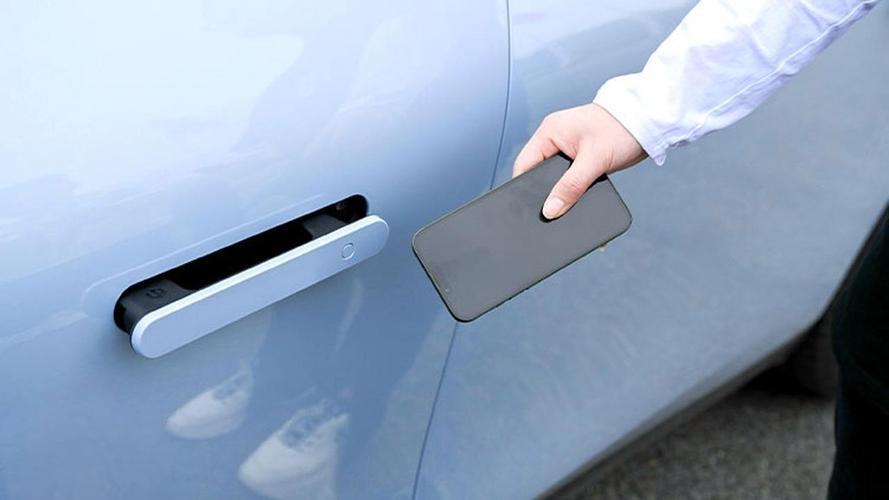
In today’s era of smart technology, Bluetooth modules have become integral components in various devices, enabling wireless communication and connectivity. Among these applications, the integration of Bluetooth modules in proximity switches has opened up new possibilities for enhanced functionality and user convenience. This article outlines the specific steps involved in utilizing Bluetooth modules in proximity switches for smart applications.
Understanding the Application Requirements
Before embarking on the integration process, it is crucial to understand the specific requirements of the application. This includes determining the range, accuracy, and response time needed for the proximity switch. Additionally, the type of Bluetooth module suitable for the project must be selected based on its compatibility, power consumption, and cost.
Selecting the Right Bluetooth Module
With the application requirements in mind, the next step is to select a Bluetooth module that meets these specifications. Factors to consider include the Bluetooth version (e.g., Bluetooth 5.0 for improved range and speed), the operating frequency, and the supported profiles. It is also essential to ensure that the module is compatible with the microcontroller or processor being used in the proximity switch.
Hardware Integration
Once the Bluetooth module is selected, it needs to be integrated into the proximity switch hardware. This typically involves connecting the module’s pins to the appropriate inputs and outputs of the microcontroller or processor. The power supply for the module must also be carefully managed to ensure stable operation.
Software Configuration
Configuring the software is a crucial step in ensuring that the Bluetooth module functions correctly. This involves initializing the module, setting the necessary parameters (such as device name, operating mode, and connection security), and programming the microcontroller or processor to handle incoming and outgoing data. Additionally, any necessary libraries or frameworks for Bluetooth communication must be included in the code.
Testing and Debugging
After the hardware and software integration is complete, thorough testing and debugging are essential to ensure that the proximity switch functions as intended. This includes verifying the range, accuracy, and response time of the switch, as well as testing for any potential issues with the Bluetooth communication. Any bugs or issues identified during testing should be addressed promptly.
Optimization and Enhancements
Once the basic functionality is verified, further optimization and enhancements can be made to improve the performance of the proximity switch. This may involve fine-tuning the parameters of the Bluetooth module, optimizing the code for better performance, or adding additional features such as battery monitoring or remote configuration.
Conclusion
Integrating Bluetooth modules into proximity switches provides numerous benefits, including improved convenience, flexibility, and connectivity. By following the steps outlined in this article, developers can successfully integrate Bluetooth technology into their proximity switch designs, enabling smart applications with wireless communication capabilities. With the continued evolution of Bluetooth technology, the possibilities for innovative applications in this field are endless.


